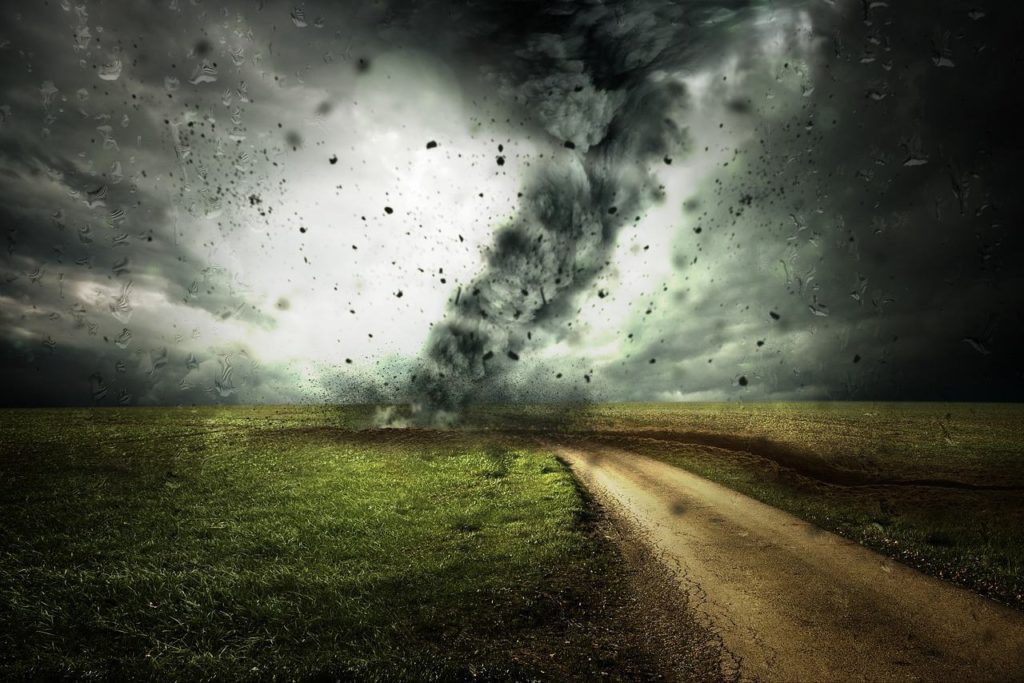Natural disasters are an unfortunate part of our lives that we must all navigate in our own way when they prove to be a disruptive force. They will affect almost every sector in one way or another, but the agricultural sector, which includes everything from livestock and crops to forestry, suffers from a substantial 22% of the negative economic impacts caused by natural disasters.
Storms, monsoons and earthquakes are all natural disasters that can prove devastating to a country’s natural food supply. By far the most damaging natural disaster from an agricultural perspective, however, is the flood. In the Philippines, for example, which is the third most disaster-prone country in the world, sudden major flooding has led to millions in infrastructural damage to the sector in recent years.
Due to the substantial impact these disasters have on the sector, it’s vital that more resources are put into disaster risk reduction, as preventative measures are far more desirable than clean up after the fact. But how can technology help?
Design
Short-sighted design is often to blame for impact in the wake of a natural disaster. The fact of the matter is, certain agricultural situations are simply not designed with the fallout of a disaster in mind and perhaps the best possible way for any natural disaster impact to be mitigated (or at least relieved) is to make sure disaster planning becomes part of the equation from the very beginning – the design stage. The extent to which this needs to be done will, of course, depend on the region, but it’s something all agricultural employees should be taking into account.
Data
There are major gaps in data when it comes to the impact that natural disasters have on developing countries, particularly within agriculture. The more data that is collected, the more can be done to prevent future disasters from having a similarly devastating impact. The more data that gets into the hands of those that really need it, the better-equipped farmers will be to make more informed decisions about disaster risk management.
Future tech
New technology can provide governments, engineers and natural disaster planners with not only better ways to predict disasters but better ways to prevent them too. Technology is available, for example, that coverages geospatial data and uses it to create a digital 3D model of an area that will help to not only spot where disasters might take place, but how areas can be better prepared against them.
Everyday tech
More affordable, everyday tech like electronic manometers from RS Components can be used to check for atmospheric pressure, but it’s the technology that most of us take for granted every day that could really be utilised in the developing world to decrease the regularity and severity of disaster impact on agriculture – the mobile phone.
Cell phones can be used to retrieve spatial data from farmers on everything from moisture levels in the soil to topography and cropping patterns. This information can then be used by scientists to assess flood risks and plan accordingly. The phone can also be loaded with an app that provides real-time information to both the government and local farmers, giving them the information they need to know when to start planning and what to plan for!





